Enrique Castillo, Alfonso Fernandez-Canteli1402091818, 9781402091810, 9781402091827
In addition, a critical evaluation of existing models based on the new proposed alternative model is one of the main aims of the book, trying to change the minds of engineers involved in design jobs.
Table of contents :
cover-large.tif……Page 1
front-matter.pdf……Page 2
I Introduction and Motivation of the Fatigue Problem……Page 14
An Overview of Fatigue Problems……Page 15
Models with dimensionless variables……Page 16
S-N or Wöhler curves……Page 18
Compatibility condition of N*| and |N*……Page 21
Statistical considerations……Page 23
-N curves……Page 24
Stress level effect……Page 25
Compatibility condition of S-N curves for constant m* and S-N curves for constant M*……Page 26
Crack growth curves……Page 28
Crack growth curves for a constant stress pair T*……Page 30
Crack growth curves for a varying stress pair T*……Page 32
Crack growth rate curves……Page 34
Size effect……Page 37
Percentile based normalizations……Page 38
Stress range and lifetime based normalizations……Page 41
Extended percentile normalization……Page 42
Damage measures and damage accumulation……Page 43
II Models Used in the Stress Based Approach……Page 45
S-N or Wöhler Field Models……Page 46
Introduction……Page 47
Dimensional analysis……Page 49
The Weibull model……Page 52
The minimal Gumbel model……Page 53
Derivation of the model……Page 54
Parameter estimation……Page 56
Alternative methods for dealing with run-outs……Page 59
Derivation of the model……Page 60
Some weaknesses of the proposed model……Page 64
Parameter estimation……Page 66
Use of the model in practice……Page 67
Example of application……Page 68
Model for varying stress range and level……Page 70
Dimensional Weibull and Gumbel models……Page 75
Properties of the model……Page 76
Parameter estimation……Page 80
Use of the model in practice……Page 82
Example of applications……Page 83
Concluding remarks……Page 95
Appendix A: Derivation of the general model……Page 96
Appendix B: S-N curves for the general model……Page 100
Introduction……Page 102
A previous example……Page 106
General model for different lengths……Page 108
Parameter estimation……Page 109
Prestressing wires……Page 111
Prestressing strands……Page 116
III Models Used in the Strain Based Approach……Page 121
Introduction……Page 122
Model for constant strain range and level……Page 125
Model for varying strain range and level……Page 128
Converting strain- into stress-life curves……Page 130
Practical example……Page 132
Concluding remarks……Page 133
IV Models Used in the Fracture Mechanics Approach……Page 135
Introduction and motivation……Page 136
Building crack growth models……Page 138
Crack growth curves for constant * and *……Page 142
Crack growth curves for varying * and *……Page 145
Compatibility of crack growth and S-N models……Page 148
Crack growth curves for constant * and *……Page 151
Crack growth curves for varying * and *……Page 153
Statistical distributions of a*|N* and N*|a*……Page 156
Learning and estimating the model……Page 159
Compatibility of approaches I and II……Page 160
Example of application……Page 161
Summary and future work……Page 163
V Damage and Damage Accumulation Models……Page 165
Introduction……Page 166
Normalization……Page 170
Some requirements for a damage measure……Page 172
Some damage measures……Page 173
Concluding remarks……Page 179
Damage accumulation……Page 180
Accumulated damage after a constant stress range load step……Page 185
Accumulated damage after block loading……Page 186
Fatigue under a general loading history……Page 187
Crack growth damage for any load history……Page 191
VI Appendices……Page 195
Introduction……Page 196
The Wöhler model……Page 199
The Basquin model……Page 201
The Palmgren model……Page 202
The Spindel and Haibach model……Page 203
The Kohout and Vechet model……Page 204
The Bastenaire model……Page 205
The Castillo et al. (1985) model……Page 207
The up-and-down method……Page 208
Bibliography……Page 216
Index……Page 222
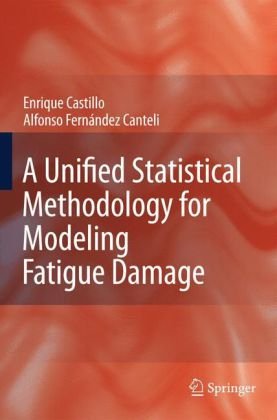
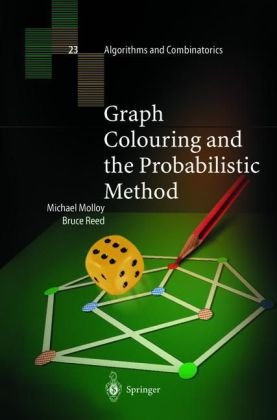
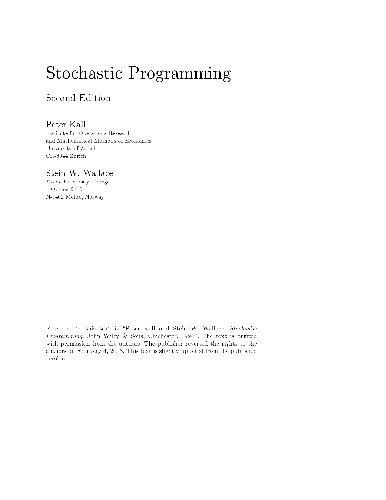
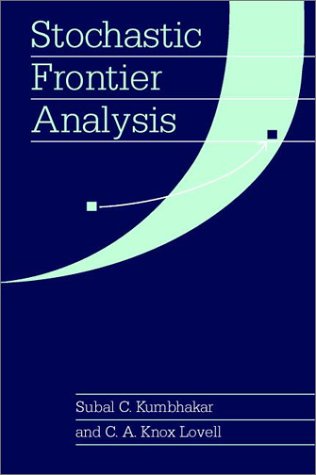

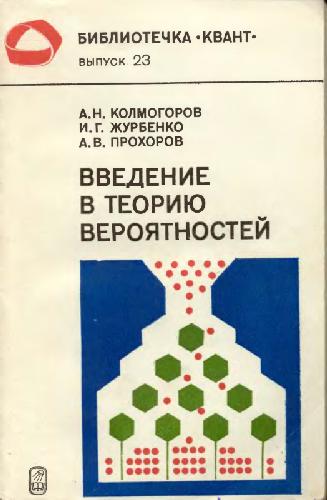
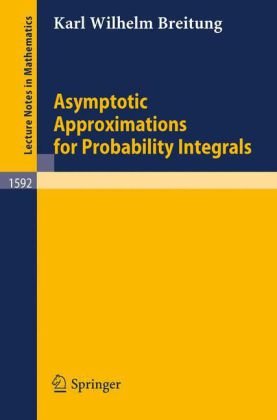
Reviews
There are no reviews yet.